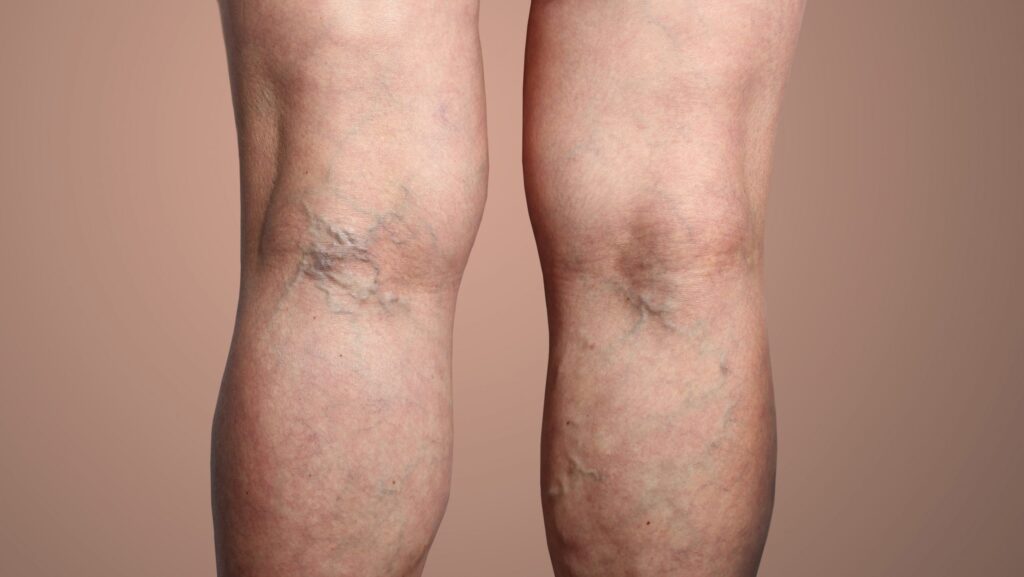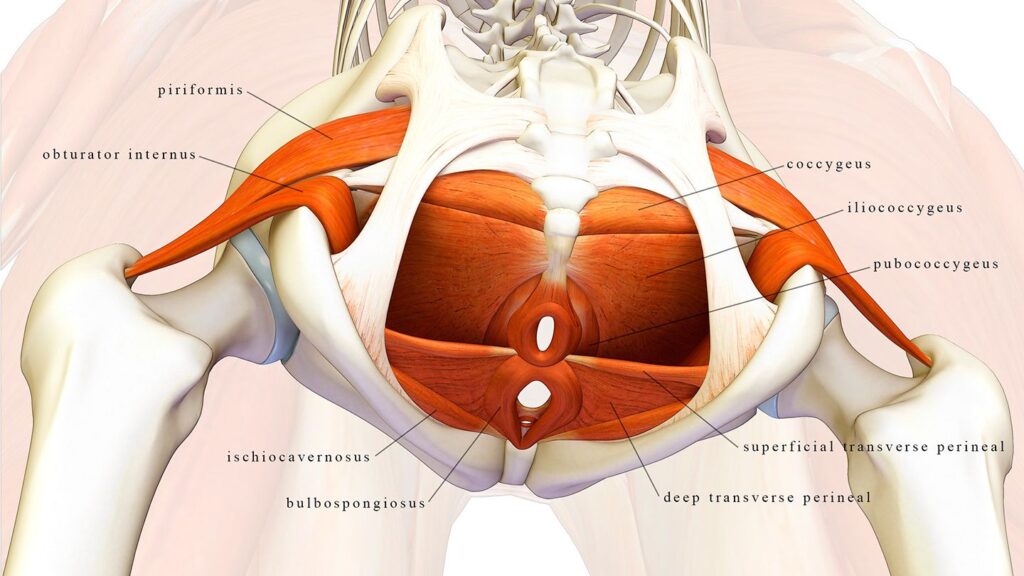
Trampolines have served us with great fun and ecstasy, tons of laughter, and a relief entirely from stress, depression, and anxiety. The bouncing or rebounding tends to get us rid of the down hormones; while accelerating the happy hormones in our body to function more effectively.
Not just kids but many adults prefer doing it as they not only help you keep your mood happier; in contrast to that, it enables you to stay in your best shape by letting you maintain the balance of your body and lose extra weight by just bouncing. In addition, a person never apparently gets tired of but loves even more with time.
It has also been noticed that rebounding has a miraculous effect on people with specific disabilities, like children who lack balancing abilities or those who get excellent help with trampolines.
However, the matter here is the catches of bouncing or rebounding. Like every other sport, even trampolines have numerous hazardous effects on the body. However, this happens only when you do not follow its guidelines, and the trampoline lacks the necessary safety measures.
As with increasing uses of a trampoline, an increasing number of injuries has also been taken into account. It has been seen that it can hurt people in every possible way. But, on the other hand, it can benefit them, and it is again a matter of how we use it.
They can be equally harmful to the old persons using them. They have fragile bones and tend to suffer more pain than a younger individual, so they are more prone to injuries from rebounding.

Not just that, children suffering from brain diseases, precisely neurological problems, would be more affected negatively by trampoline use. The joggles from bouncing might harm them. Hence there would be more chances of getting it worse. Diseases like epilepsy would be categorized here.
People these days are obsessed with reducing weight; therefore, they find working out on a trampoline more straightforward and fun. Trampolines are undoubtedly a low-impact exercise that can help you to reduce up to 600 calories an hour. So, it lets you be in good shape and builds your muscles; the best part is increasing your heart rate. However, keep in mind if you do not follow allocated guidelines, it will create a mess.
Also Read: Can You Jump On A Trampoline While Pregnant? Is It Safe?
Let’s Run Through These 13 Side Effects of Rebounding
While trampolines have health benefits, they can cause as much damage to you as you think; let’s discuss how rebounding can hurt the following parts of your body if misused or used without following the rules.
However, before we go through these, let me remind you all these catches we will be going through are temporary rather than permanent. Furthermore, it is always suggested to be aware of the risks and rewards before hopping onto the rebounder. Yet every individual has different reactions to the actions as per their physical and mental health.
1. Effect Of Rebounding On Knees
Many people consider trampolines a secure way of exercising, yet few also believe that rebounding can do more anguish than it can be favorable.

Frequent uneven bounces can severely affect you; as per one of the surveys, jumping on a trampoline can directly affect the kneecap. It will squeeze the kneecap, which might cause extreme pain for now and later lead to arthritis shortly.
One has to be in ideal shape to get on a trampoline. It is further suggested that he should have experience in at least all impact-bearing activities to get along with trampoline bouncing; otherwise, it is a no.
Rebounding benefits us in several ways, and there are plenty of ways you will experience bouncing in daily life, whether you are working out, playing ball games, or jumping for joy. But, people still are confused if they are beneficial for the knees or not.
The experts have proved that rebounding if appropriately done, is an influential and pleasant tool for physical therapy. This activity is healthier and more secure for any body type and can successfully improve the elasticity of calves, the range of motion, and, last but not least cardiovascular health.
Victoria Williams, the Occupational therapist, states that knee injuries usually happen if you jump too high or inappropriately utilize your knee joint.
2. Effect Of Rebounding On Ankle

Trampolines are a brilliantly-fun mixed entertainment to spend your time on without leaving your home.
However, suppose you already have issues with your ankles or have had any ankle-related injury in the past. In that case, you might be interested to know how rebounding impacts your ankle further.
As hopping on a trampoline requires a strong push from your ankle, that might cause the ligaments present in the ankle to stretch and move in an unrequired manner, which can cause delays in the healing process or there are chances of getting it worse.
It has been recorded that around 200,000 visits are usually made to emergencies annually regarding trampolines injuries, most of which are sprain or twisted ankles. Repetitive bouncing on mangled ankles could be harmful.
Although rebounding seems like a harmless activity, it can surprisingly cause fractures along with sprains in the ankle. Harsh landing on heels or jumping high with force could damage your ligaments too.
3. Effect Of Rebounding On Scoliosis

The trampoline and the rebounding admiration have been on a boom lately. A rebounder is a noteworthy workout without any extra equipment apart from a trampoline itself. Not just that, but it also consumes lower cost than others, as other requires a proper setup while the trampolines can be fixed on any surface regardless of your preferences.
However, people are concerned does all of that anyhow affect scoliosis adversely.
There has been a rage to explore trampolines’ outcomes and rebound on younger kids. Parents are more concerned over the health and safety of their children concerning trampoline bouncing. However, it has been stated that kids might develop scoliosis by continuous use of trampolines or rebounders for straight hours.
Although, people are not aware that scoliosis is a genetic issue rather than a self-created problem due to physical activity.
People assume that bouncing on a trampoline can cause scoliosis even worse, yet nothing like that has become practical knowledge.
However, it is warned by the National scoliosis foundation; to avoid such circumstances that could provoke any pains or irritation if you already have scoliosis.
4. Effect Of Rebounding On Degenerative Disc Disease

Being chair-ridden for longer would lead to back pain, sore joints, and tight fatigued muscles. Nonetheless, hopping onto the trampoline up and down on the magnitude of a chair would ease the pain and tiredness created from extended sitting.
However, the primary concern is if you already have a degenerative disc disease, is it suitable for you to jump on a trampoline or a rebounder?
Degenerative disc disease is the degeneration of the spinal cord’s disc over time when aging. That results in neck and back aches, worsening the situation if you keep jumping.
One of the well-known physicians of New York expressed that unless it is not hurting, you need not worry about degenerative disc disease. Instead, if you are already suffering from pains in the neck and back, jumping with them will make the situation horrible.
There has been an increase in degenerative disc disease lately or a slow deterioration of spinal discs. This increasing trend has led to more back and neck suffering more dominantly. In addition, the pain from the buttocks to legs has been seen more often. People tend to complicate it more by involving themselves in the running, which puts more pressure on wither disc.
5. Effect Of Rebounding On Hypertension
Hypertension is a condition in which the patient has higher blood pressure issues. However, it is suggested by the set of doctors that people suffering from hypertension should spend less time on their feet wander.

Analysts from the University of Missouri School of Medicine have concluded that there has been a significant reduction in the hypertension routine of the patients if they tend to use a trampoline for at least 15 mins daily. Furthermore, after three weeks, a massive recovery has been considered.
However, another interesting fact that has come into view is that going for a rebounder exercise could be a source of hypertension for some individuals.
The American College of Sports Medicine has conducted a survey and found that the rebounder exercise increases the pressure on the body to over 15% at the average body level. It has been speculated that this sudden increase in pressure could lead to high blood pressure.
Hypertension is a gateway to kidney failure, heart disease, strokes, and other multiple issues. The reason people around the globe are more concerned about hypertension, every other individual is suffering from this disease.
Unfortunately, there is no appropriate measuring method, so we can not have a specific figure for it. So different people tend to deal with it differently; few take medications to get it sorted while others avoid such actions that will trigger their blood pressure.
6. Effect Of Rebounding On Prolapse
There are different opinions available regarding outcomes of rebounding on prolapse, and some doctors believe that rebounding works as a phenomenal stress reliever and reduces pressure on pelvic organs by compelling the blood to flow upwards while helps in restoring proper organ functions.
Simultaneously, it can also be the talk of the town that the joggles due to the rebounding and trampoline bouncing place dense pressure on the pelvic muscle and can be the reason for the uterus to leave its original position and slip down, harming and damaging the tissues that are providing support.
While conceiving, the women often worry about whether they can make love with their husbands or not. They are backing up with other questions like why it hurt my prolapse; what about it?
The answer is not as simple as it sounds; due to aging and after the birth of a child. Usually, prolapse tends to happen; if not, it could also occur due to the pressure on the pelvic muscle during lovemaking. In addition, Increased pressure on the abdomen due to pregnancy can also worsen the prolapse.
Rebounding, everyday love-making practice often produces a high risk of pelvic organ prolapse. In contrast, gynecologists suggest their patients have a break in their lovemaking activity. The gap is usually for at least six weeks after childbirth. However, the results are inconclusive, but it is better not to take the risk as it is not safe.
7. Effect Of Rebounding On Bladder
Jumping on a mini trampoline or Rebounding is considered a fantastic workout entertainment. Most people find it delightful to bounce on the trampoline for hours to lose weight or relieve stress.

However, they are unaware that straight jumping for around 30 minutes could severely lead to dislocation of the bladder or, if not, it can affect the bladder, as the studies stated.
Rebounding harms the bladder by placing shear pressure on the pelvic floor muscles. The pelvic floor muscles are necessary to hold your waste inside of you.
8. Effect Of Rebounding On Nerve Damages

The American Academy of Neurology has conducted a survey stating that people who rebound or use trampolines could experience nerve damage. Due to bouncing, colossal pressure is placed on the feet and ankle when leaping, which can cause severe nerve damage in the relevant areas.
Some of the most common reasons that can lead to nerve damage are spine fractures, numerous back problems, or scoliosis. However, analysts have also concluded that if you keep bouncing on a trampoline regularly for years, even that will damage your nervous system.
Yet, on the other hand, another study states that rebounding and trampolining can helps neurons to regenerate and can repair damaged nerve cells.
A lot of sports can cause injuries related to the nerve as well, like a substantial bump on the head, tingling, going numb, burn, spine, and fingers can disrupt the nerves and can be the reason for pain.
However, these disorders can be fixed and repaired by taking formal physiotherapy sessions, which will help strengthen the muscles around the damaged nerves.
9. Effect Of Rebounding On Back

The University of Michigan Health System conducted a test among 128 individuals, which resulted in positive feedback. Therefore, it has been concluded that trampolining or rebounding is a safe activity for people with mild back pain.
Considering they are not suffering from any swear diseases like cancer, herniated disc, thinning of bones, or any sort of hazardous infection.
People have categorized trampolines, rebounding, and jumping ropes as activities that adversely affect when it comes back. However, they do not know that even running could be as damaging as these if you have intense back pains.
The American Journal of Sports Medicine has stated in a study review that for people who already had endured low back pains and opted for running, 25% of them shall be experiencing another round of swear pains within 12 coming months.
Rebounding and trampolines are fun, beyond doubt. Therefore it makes it easier to jump on them and take your frustrations or annoyance out. But you do need to realize that few activities hurt your body, even if they seem fun. As is the case here, these low-impact activities seem fun, but they can be more dangerous to your back.
Hence if you are encountering back pain already, it is suggested not to hop on a trampoline.
10. Effect Of Rebounding On Varicose Veins

Many people are afraid that bouncing up and down on a trampoline or a rebounder may stretch out their vascular system resulting in an overflowing of blood through veins. It happens due to the push due to bouncing up and down. However, that might not be correct as a significant amount of pressure is required for the blood to overflow or flow quickly.
In reality, Varicose veins usually happen due to the absence of elasticity in the walls of veins, which could be because of rigidity caused due to heavy weight lifting or coughing. Being overweight could be a common reason for it as well.
However, Sitting in the same place without a break or continuous standing led to varicose veins. Fortunately, they can be treated with specific procedures like vein stripping, phlebectomy, and sclerotherapy. People who do not want to go through these can consider going for rebounders, sequential compression devices (SCD), and compression badges.
The advantages of reboundings are unquestionable and beyond doubt, even with mothers carrying a baby in the womb. Still, the latest studies have created a second opinion that it can do more damage than prove favorable. The same is the case here; varicose veins and trampolines are not a suitable match; trampolines can be unhealthy for varicose veins.
In particular, when exercising or trampoline, when you leap, you forces yourself to go against the nature of gravity, putting more pressure on your legs. This pressure can harm your varicose veins and internal hemorrhoids.
11. Effect Of Rebounding On Back Muscle Imbalances

Despite being super active in their daily routines, many people will evolve specific back issues due to an imbalance in the back muscles or poor posture. Unfortunately, most people are unaware of its actual reason; here, trampolines or rebounders are the culprits for muscle imbalances.
Physical Therapy Science Today has published an article on the effects of back muscle imbalance to get you all out of confusion.
Although rebounding has been a therapeutic exercise for all individuals despite their ages, injuries, or fitness levels, there are numerous perks of rebounding; however, there is an equal possibility of rebounder being a reason for harm to your back muscles.
A few of the remarkable advantages of rebounding or trampolining are it improves your cardiovascular health to a superior level, hoping the same would have favorable results as it will maintain heart functions by raising blood volume.
At the same time, it will reduce your cholesterol, and you can simply target a single muscle and work on it efficiently. But, of course, not just these but rebounders have to offer many other benefits in terms of fitness and safety.
12. Effect Of Rebounding On Pelvic Floor
Exercising with rebounders has several perks for an individual; a few of them common is its positive effects on cardiovascular health, how beautifully it tones up the muscles, and helps the individual, whether a kid or an adult, to get sorted with their mental disorders.

However, unfortunately, one drastic concern about rebounders is that they might severely affect your pelvic floor.
The National Health Service has shown in its studies that people, while aging, might put more stress on their pelvic floor due to frequent bouncing when they enter middle age.
Whether an athlete, gymnast, or non-athletes, everyone nowadays is seeking different training or measures to get, keep themselves fit and in shape, be super active in their daily routines, and achieve their wellness goals through exercise. However, many people are unaware that we have replacements for typical aerobic activities such as swimming or running.
Many favorable things have been coming into consideration as well when taking into account the pelvic floor while jumping on a trampoline. The force you impose against gravity strengthens and nourishes. Which ultimately results in excellent health in the long term. These fast body movements would induce muscular contractions in the pelvic area.
Reactions on every individual depending on their physical and mental state and, secondly, how often they use the rebounders or trampolines, whether they go harsh on it or get along well causally and softly. However, if you plan on getting yourself or your family one, do not let these negatives change your mind.
Trampolines and rebounders have numerous benefits in terms of health and safety, and many doctors and experts believe that the weight of their favors is way more than the odds. First, however, you must go through the rules and risks associated with rebounders and follow the guidelines appropriately to avoid trouble in the future.

6 thoughts on “12 Negative Side Effects of Rebounding – The Truth”